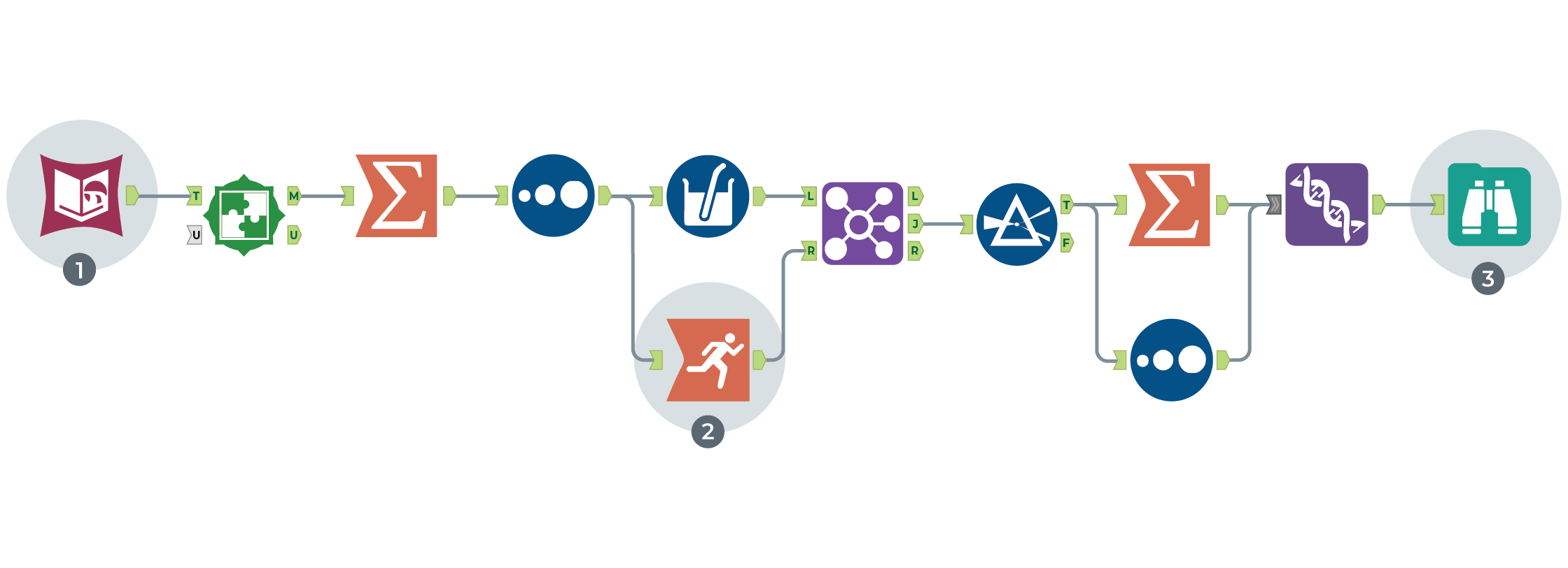


Place new locations in areas where your product is in highest demand
Optimize product mix and reduce out-of-stock conditions
Fully understand factors that affect location performance
Most retailers select sites using a combination of competitor insight, market data, location planning, and strategic fit. It’s a data-driven decision because investment in a retail location involves the upside of increased market share with the downside of real estate risk in a given area. Even though most retailers have abundant data available, that data often resides in spreadsheets or silos around the organization, or in limited mapping and reporting tools. Pulling together a risk profile of a particular location is a labor-intensive process fraught with error.
Spatial analysis enables companies to blend geographic and descriptive data together from a variety of sources and use that data in geographic models and visualizations. In a form of geographic business intelligence, companies build models from geospatial data on locations, relationships, and attributes. Spatial analysis goes beyond the traditional Geographic Information Systems (GIS) framework of displaying descriptive information on a map, now reaching into data science and machine learning. The combination of cloud computing, geospatial data, on-demand analytics, and rich reporting pushes BI-based insights down to the level of individual stores, departments, and product categories. For retail site selection that means that property managers can incorporate point-of-sale data into their selection and forecasting models. They can include previously impractical data on urban storefronts, shopping centers, endcaps or pads, parking, view corridors, and zoning.
With Alteryx, you can:

1 – Data Connection
Pick relevant geographic variables from datasets using Allocate Input Tool
2 – Prep & Blend
Use Running Total Tool to enrich imported data
3 – Data Visualization
View optimized routes or connect directly to supply chain software